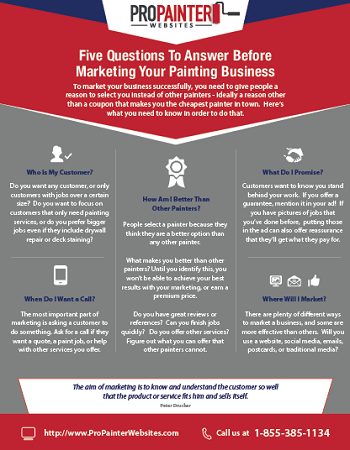When you're budgeting for a business paint job, it's simple to overlook specific expenses that can creep up on you. You might assume you've covered every little thing, however surprise costs like surface area prep work and permits can swiftly build up. By recognizing these possible pitfalls early, you can create an extra precise budget. But what details variables should you think about to avoid those costly surprises? Allow's discover how to evaluate local painting contractors minneapolis .
Assessing the Extent of Your Task
Before diving into a commercial paint task, it's essential to assess the scope of your job.
Beginning by figuring out the areas that need paint and the total square video footage involved. Think about the sort of surface areas, whether they're drywall, timber, or metal, as this affects the materials and labor required.
Next off, evaluate the condition of these surface areas; any type of fixings or prep job will impact your timeline and spending plan.
Don't neglect to represent the type of paint you want, as quality can vary significantly in price.
Finally, think of ease of access. If specific locations require special equipment or added precaution, you'll need to factor those expenses into your total spending plan.
Understanding these components will certainly set you up for success.
Identifying Potential Hidden Costs
When you've assessed the range of your industrial paint job, it's time to consider the prospective hidden costs that can arise.
You might ignore expenditures like surface area prep work, which can include cleansing, patching, or priming. Weather-related hold-ups can also lead to unforeseen prices, so watch on the projection.
If your building has multiple degrees or hard-to-reach locations, you may sustain added labor charges. In addition, think about the price of licenses or assessments that might be needed by local guidelines.
Finally, don't forget about the possibility for increased prices if you require special surfaces or materials. By recognizing these feasible hidden expenses upfront, you can spending plan better and avoid surprises down the line.
Developing a Contingency Plan
As you move forward with your business paint task, it's vital to produce a contingency plan that attends to unanticipated difficulties.
Start by recognizing prospective dangers, like weather delays or supply lacks. Assign a portion of your budget-- usually 10-15%-- to cover these unpredicted expenses.
Next, established clear timelines and connect them with your group, so everyone's on the very same web page. Frequently examine your plan and adjust it as required, especially if conditions transform.
Lastly, ensure you have dependable calls, such as distributors and subcontractors, that can aid you navigate any kind of problems that arise.
Conclusion
Finally, budgeting for your industrial paint job needs cautious preparation and recognition of possible concealed costs. By analyzing the scope of your task and identifying locations where expenses may occur, you can develop an extra exact budget. Constantly include a contingency plan to manage unexpected issues. Staying adaptable and reviewing past jobs will certainly likewise assist you make educated decisions. With these suggestions, you'll be much better prepared to handle your expenses and make certain an effective outcome.
